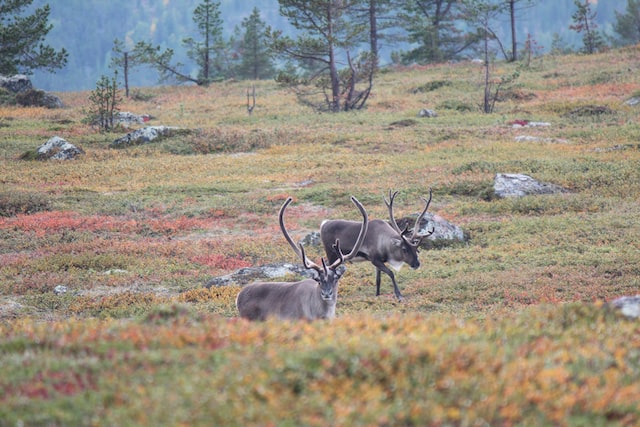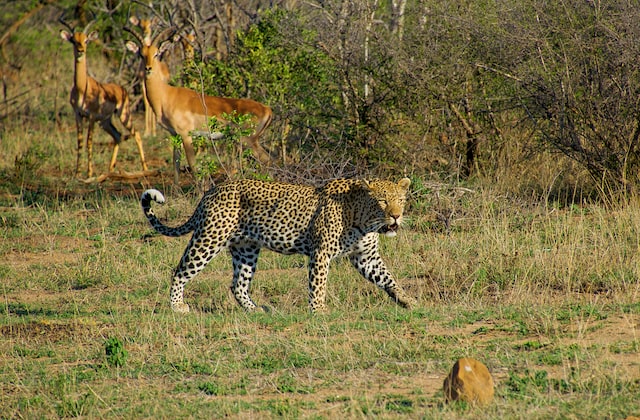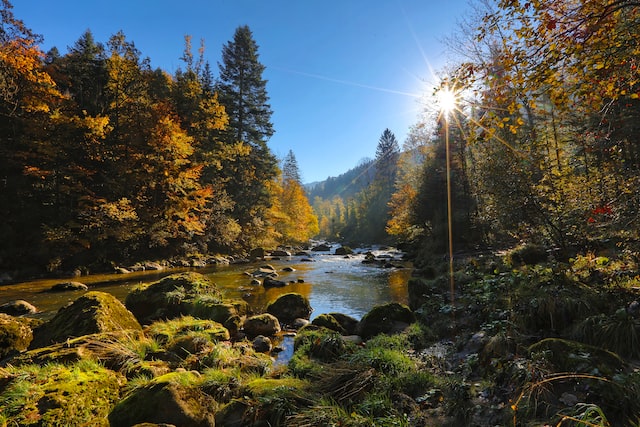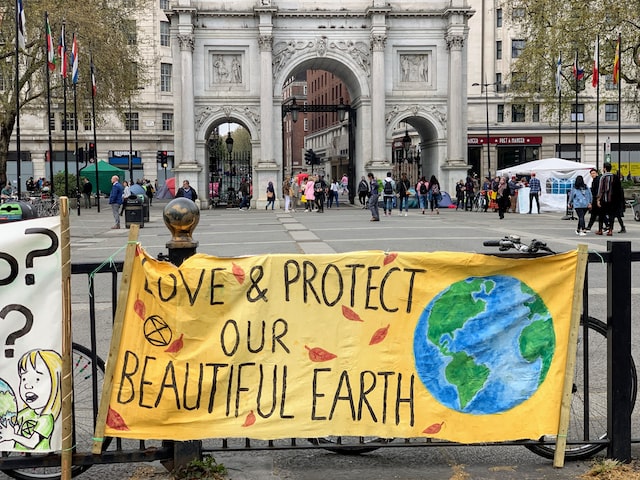
The Importance of Trees in Biodiversity
Did you know that trees are essential for the health of our planet? They provide oxygen for us to breathe and play a crucial role in maintaining biodiversity. Without trees, our world would be a very different place. In this blog post, we will discuss the importance of trees in biodiversity and why they are so important for our planet.
What is biodiversity?
Biodiversity is the variety of life on Earth. It includes all plants, animals, and microorganisms on the planet, as well as the ecosystems they live in. This diversity is important for the health of our planet. Each species has a unique role to play in the web of life, and the loss of even one species can have far-reaching consequences. For example, the disappearance of a keystone species can cause an entire ecosystem to collapse. Additionally, biodiversity helps us to adapt to changing conditions and provides us with valuable resources, such as food and medicines. Therefore, we must work to protect biodiversity and halt the loss of species.
Why biodiversity is important?
Biodiversity is important for a variety of reasons. First of all, it helps to ensure the health of ecosystems. A biodiverse ecosystem contains a variety of different species, and these ecosystems are typically more resilient to change and disturbance than those that lack biodiversity.
In addition, biodiverse ecosystems are often more productive than those that are not, meaning they can provide more food and other resources for the animals and plants that live in them.

Finally, biodiversity is important for humans as well. We rely on a variety of different plant and animal species for food, medicine, and other products, so we must protect and conserve biodiversity to maintain our standards of living.
The Role of Trees in Biodiversity
Trees are a vital part of biodiversity. They provide homes for countless species of animals and help to regulate local ecosystems. In forest ecosystems, trees play an especially important role in the water cycle. Their leaves catch rainwater and release it back into the atmosphere through a process called transpiration. This helps to maintain a balance of moisture in the air and soil, which is necessary for plant growth.

Trees also play an important role in mitigating climate change. They absorb carbon dioxide from the atmosphere and release oxygen back into the environment. In this way, trees act as natural filters, helping to clean the air we breathe. According to some estimates, a single tree can absorb up to 48 pounds of carbon dioxide per year.
- Trees play a vital role in the global ecosystem by providing habitat for a wide variety of plants and animals.
- Trees help to regulate the climate by absorbing carbon dioxide and releasing oxygen into the atmosphere.
- Trees play an important role in the water cycle by intercepting precipitation and releasing water vapor into the atmosphere.
- Trees help to improve air quality by trapping dust and other particulates in their leaves.
- Trees provide food and shelter for a wide variety of animals, including birds, mammals, and insects.
Safeguarding against disaster
Biodiversity is important for many reasons. For one, it helps to ensure the stability of ecosystems. When an ecosystem has a high level of biodiversity, it is more resistant to changes and disturbances. This is because a diverse range of species can provide different functions and services. For example, if one type of plant dies out, another species may be able to fill its role. This increases the resilience of the ecosystem and reduces the likelihood of major disruptions.
Furthermore, biodiverse ecosystems are also more productive. They can support a greater number of life forms and produce more resources. This is especially important about food security, as it helps to ensure that there will always be a source of food available.
Finally, biodiversity also provides aesthetic value. A healthy and diverse ecosystem is a beautiful thing to behold, and it can also support recreation and tourism activities. In short, biodiversity is essential for the health of our planet and its people.

Conclusion:
As we continue to face the challenges of climate change, it is clear that we must do everything we can to protect our forests. Trees are a vital part of biodiversity and play an important role in regulating local ecosystems. They also help to mitigate climate change by absorbing carbon dioxide from the atmosphere. We must work together to protect our planet’s forests so that we can ensure a future for both people and wildlife.
References:
Why are trees important for biodiversity?: Woodland Trust
Tree Productivity and Diversity: Worldagro Forestry
Contribution of trees to the conservation of biodiversity: tandfonline